fresh discoveries in fascia
“The Universe is under no obligation to make sense to you.”
–Neil deGrasse Tyson
Practice is a journey and we’re motivated to keep going when we make fresh discoveries. While I’m in residency at Padma Yoga in February, we’ll practice from the perspective of connective tissue. If this is new to you. Watch this. And this.
Practice from the perspective of fascia can be a paradigm shift. Like going from the world as flat to the world as round. You go from the body as bio-mechanical to the body as bio-tensegral. I found this so mind-boggling, I made a chart. (See below).
Here’s how I started down the rabbit hole: After years of practice my body began to change, instead of feeling stretches in specific muscles like hamstrings and quads, I started feeling opening across vast swaths.
Like right hip to left shoulder in revolved side angle.
A current of connection from heels to head in Paschimottonasana.
Tension and elongation along my whole spine in Up-dog.
What I knew about bones and muscles did not explain the connection I was feeling. There had to be more. And there was... but it was outside the realm of yoga-asana and traditional anatomy. It was the territory of bodyworkers like Ida Rolf, Tom Myers (Anatomy Trains), and Joanne Avison.
As I studied, a new dimension of the body opened up. And, surprisingly, yoga philosophy took on 3-dimensions too. The systems are exquisitely aligned.
Fascia is for seeing wholeness and connection in the physical form. Yoga is for experiencing wholeness and connection in being.
Fascia has a sensory component and is tied to your aliveness. Similar to the life force principle of Prana.
Fascia is expressed in chains, trains, and tracks. Prana travels in nadis (rivers) and vayus (winds).
During the classes and workshop at Padma, we’ll explore and overlay these two systems.
In the Vinyasa classes, you’ll pump prana into your body through breath and movement. The sequence will be a classical flow using the myofascial lines for (light) alignment awareness.
In Strong Back, Soft Front, you will strengthen the back body for an open, receptive front body. This practice is “anti-aging” as it contends with the head-forward, shoulder-slumping, low-back-tucking that plagues modern humans.
In the Workshop: Deep Front Line and Beyond: you'll learn about the deep front line and it's correlation to the Bandhas and Susumna Nadi. We'll unpack how the Deep Front Line and functional breathing creates intra-abdominal pressure for a strong, solid core. Without this, your core can feel like a “flat tire” and your lower back seems chronically sensitive, fragile or cranky.
Revolving and Evolving, will present an evolution on twisting. The Sanskrit word that is translated to “twist” is “parivritta” which better translates to “revolved” or “revolving around” Which begs the question, revolving around what? This is where the Deep Front Line and Susumna Nadi become obvious. You revolve around a steady still center. You become the eye of the hurricane. Not to mention, your lower back is safe and happy and your mid-back gets some much needed release.
Come to what you can. There will be learning and growing in all of the offerings. If you can make a few, it will be like a mini-course. The Vinyasa classes bookend the week and will provide testimony for all that you’re learning and evolving in your practice.
Register in advance through the Padma website.
May your practice have fresh discoveries and new dimensions,
Alison



